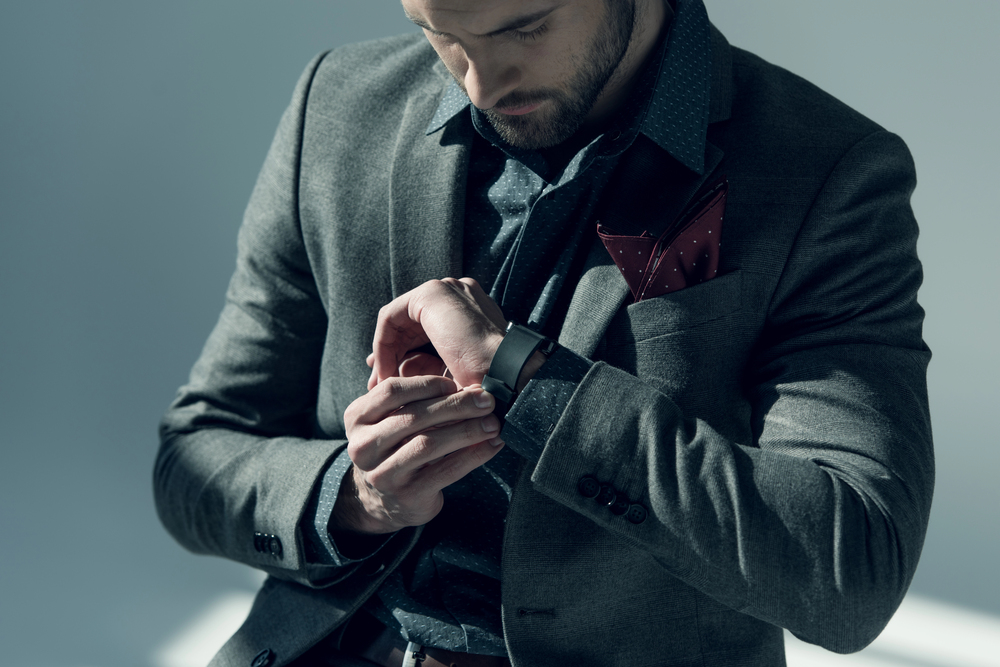An essential part of men's fashion, the suit has taken on many different roles over the centuries. From Napoleon to the Duke of Windsor, the historic suit has made a name for itself at an event where it still holds a place of choice: the wedding. A look back at the evolution of this emblematic garment of French elegance.
